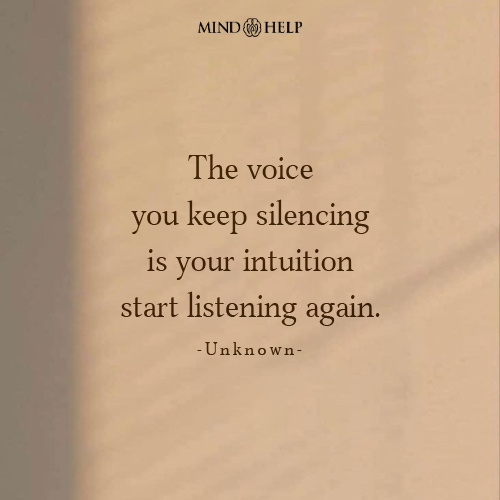Have you ever expressed your feelings, only to be met with responses such as, “You’re overthinking it” or “I didn’t do anything wrong, don’t make it that way”? If so, you may have encountered reverse gaslighting.
This manipulative tactic differs from regular gaslighting; it doesn’t deny events but invalidates your emotions. Let’s explore the warning signs and how to respond if you find yourself in this damaging situation.
What Is Reverse Gaslighting?

This concept functions as a manipulative tactic, skillfully designed to subtly influence people to believe that insane realities are perfectly normal.
Traditional gaslighting rewrites memories; reverse gaslighting erases your right to feel by falsely proving problems don’t exist. This is hard to detect because it can sound like the other person “owns their truth,” when they are dismissing yours.
In short it’s not the denial of reality, but the denial of your right to feel the way you do about reality. So, if you want to explore the biggest signs someone may be using reverse gaslighting against you, check it out below:
Read more here: Fighting, Crying, Regretting? 4 Ways To Control Emotional Hijacking Before It Wrecks Your Relationships
Signs of Reverse Gaslighting: 4 Red Flags To Spot
1. Your Feelings Get Brushed Off
Everyone has the right to their feelings, even if the other person doesn’t agree with them. When your emotions are brushed off repeatedly, they’re silencing you.
One of the clearest signs is when your emotions are constantly minimized. You might open up about being hurt or upset, only to be told things like: “I didn’t mean it like that, so you shouldn’t feel that way.”
Instead of addressing their behavior, the spotlight shifts to your reaction. The problem becomes your sensitivity, not their action. If this happens over and over again then it might lead you to second-guess
2. They Make Up Excuses For Their “Intentions”
One of the reverse gaslighting examples is that when you confront them about something that hurt you, they often rush to defend themselves by focusing on their intentions rather than acknowledging the impact of their actions. This redirection of the conversation to their perceived innocence leaves you questioning your right to feel upset.
This is one of the red flags as they’re constantly hiding behind what they “meant” and dodging responsibility or pushing you into downplaying your own emotions.
3. You Leave Conversations Feeling Confused
One of the most common reverse gaslighting examples which is not only seen in romantic relationships but in families, among friends, and sometimes even in workplaces.
Instead of trying to share your views, you unexpectedly find yourself apologizing. This situation goes beyond a normal conflict, it shows the signs of a harmful pattern called DARVO; an abbreviation for the manipulative strategies of Denial, Attack, and the Reversal of Victim and Offender.
In this situation you walk away thinking: “Okay, maybe I was too sensitive… but I still felt hurt. Am I wrong for feeling this way?” This creates a mental tug-of-war situation that leaves you with confusion instead of clarity.
4. You Stop Speaking Up
Each time you express your emotions, the reaction is predictable: you’re labeled as overly sensitive, excessively emotional, or inflating minor issues. After repeated rejection, you might find yourself thinking, “Why even share when I’m always wrong?” You then choose to remain silent.
To you, this silence might seem like keeping the peace. However, in reality, your silence allows the other person to continue unchecked. They don’t have to confront their behavior because you’ve been conditioned to swallow your pain instead of voicing it.

So, How To Reverse Gaslighting?
Don’t let someone else define your reality! Anchor yourself to the truth of your own experiences. So, here are healthy ways you can practice that:
1. You don’t need external validation for your emotions to be valid
Instead of second-guessing yourself, stand firm with how you feel.
2. You don’t have to overexplain yourself.
When you’re being dismissed, you might feel like justifying why you feel the way you do. DON’T!
3. Minimizing your emotions isn’t acceptable.
If someone repeatedly brushes off how you feel, draw the line. They don’t have to agree with you, but your feelings still matter.
4. Know when it’s toxic, and not miscommunication.
If you’re always being silenced, invalidated, or made to question your right to feel, it’s not a misunderstanding. So distance yourself!
Read more here: 8 Emotional Signs Of Trauma From Narcissistic Abuse (And How To Heal)
Remember This About Reverse Gaslighting…
It is insidious because it doesn’t deny what happened but it convinces you that your emotions are the problem, not their behavior.
So rethink your relationships, because you deserve people who value your feelings, and it’s not up for debate.
Frequently Asked Questions (FAQs)
What is reverse gaslighting?
Reverse gaslighting occurs when someone manipulates a person’s environment to falsely prove that a problem doesn’t exist.
How to reverse the effects of gaslighting?
If you believe someone is gaslighting you, here’s how you can reverse its effects:
1. Draw some boundaries
2. Distance yourself from the situation
3. Speak up
4. Sort out the truth
How to reverse gaslighting?
Don’t let others define your reality. Anchor yourself to your experiences. Practice this with boundaries and self-advocacy.








